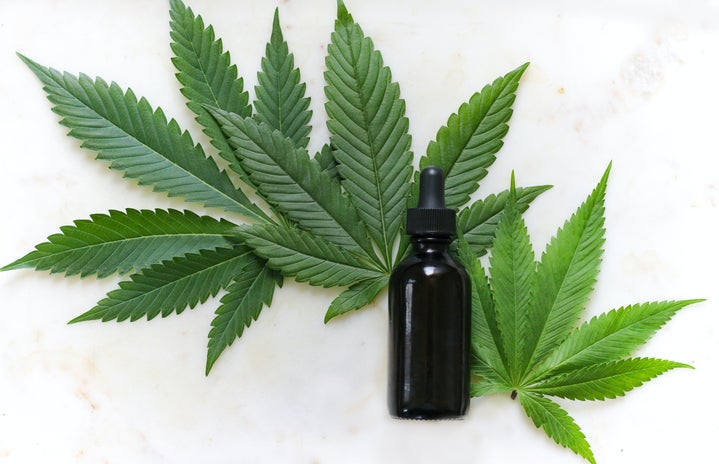Although the use of marijuana has been a topic of incredible controversy in the past decade, its medicinal and recreational use has been an astronomical part of human history up until the 1900s.
In Ancient Greece, it was commonplace to use cannabis to dress wounds and sores, and saunas were often filled with marijuana smoke to alleviate physical pain from warriors. In India, it was recognized for its positive psychological properties and was often prescribed to treat individuals undergoing what we now know as depression, anxiety, postpartum depression and post-traumatic stress disorder. Napoleon Bonaparte of Italy was a bit of a “pothead” himself, and there are records of his use of marijuana to ease the stress of his soldiers while invading Egypt in 1798. It was even used medicinally in Western cultures as recently as the late 19th century to help with stomach aches, migraines, inflammation, insomnia and other ailments.
After recognizing the cultural inclusion and acceptance of marijuana throughout human history, it begs the question: Why is it so criminalized in the modern-day? Up until very recently, the federal government still classified marijuana as a Schedule 1 controlled substance, alongside its incredibly dangerous and often life-threatening counterparts, such as peyote, heroin, most opiates and meth. For an uneducated individual, this may seem like a justified classification. Still, after just minimal research, it’s easy to uncover the reality: marijuana is not just harmless but can have life-saving medicinal purposes.
In fact, according to the U.S. Drug Enforcement Administration, not a single individual in recorded history has ever died of marijuana usage. It is a substance that is impossible to overdose on, unlike many other legal substances, such as alcohol and tobacco, which collectively kill an average of 482,000 people per year.
This grand misconception is likely the result of Harry J. Anslinger, the founder of the Federal Bureau of Narcotics. Although most scientists believed the drug was not dangerous, he still managed to fund millions of dollars into anti-marijuana propaganda. This high-profile campaign was heavily based on racism, promoting ideologies claiming that the majority of pot smokers were minorities, and their use of the substance would induce violence and cause insanity.
This widespread fear led to 29 states outlawing marijuana by 1931, which was soon followed by the Marihuana Tax Act in 1937, banning it nationally, regardless of protest from reputable scientists and doctors at the American Medical Association.
The source of Anslinger’s motivation for the abolition of marijuana is historically undocumented; however, noting that his campaign began in 1930, which is also the year he founded the Federal Bureau of Narcotics, the answer to this question is not hard to infer.
As of May 2021, 36 states and four territories allow for the medical use of cannabis products. This number is continuing to grow, and cultural perception of the substance has evolved alongside it. This is not only due to its health benefits, but its economic and judicial ones as well.
Leafty, a cannabis information hub, states that the industry has generated 211,000 new jobs in The United States. This number more than doubles that of coal mining (52,000) and textile manufacturing (112,000) in just a few years after its legalization.
The social acceptance of marijuana will also solve our nation’s issue of overpopulation in prisons. Out of the 545,602 people who were arrested for cannabis-related crimes in 2019, 92% of these were for possession. Most of these arrests are racially motivated, as studies find that black people are nearly four times more likely to be arrested for marijuana possession than white people. Knowing this, it is impossible to ignore the racially motivated history of outlawing marijuana in the first place and represents the monumental role it plays in institutionalized racism.
Recognizing the hidden truth about the illegality of marijuana serves as a reminder to question what we’re taught by authority and the potentially immoral motivations behind it. We can start by allowing marijuana to serve as the medicinal herb it has been since the beginning of recorded history and save thousands of Americans from drug addictions and overdoses. Without focusing such massive amounts of taxpayer dollars on pointless arrests and incarcerations, we can focus our funding on directions that will bring genuine betterment to our communities.


